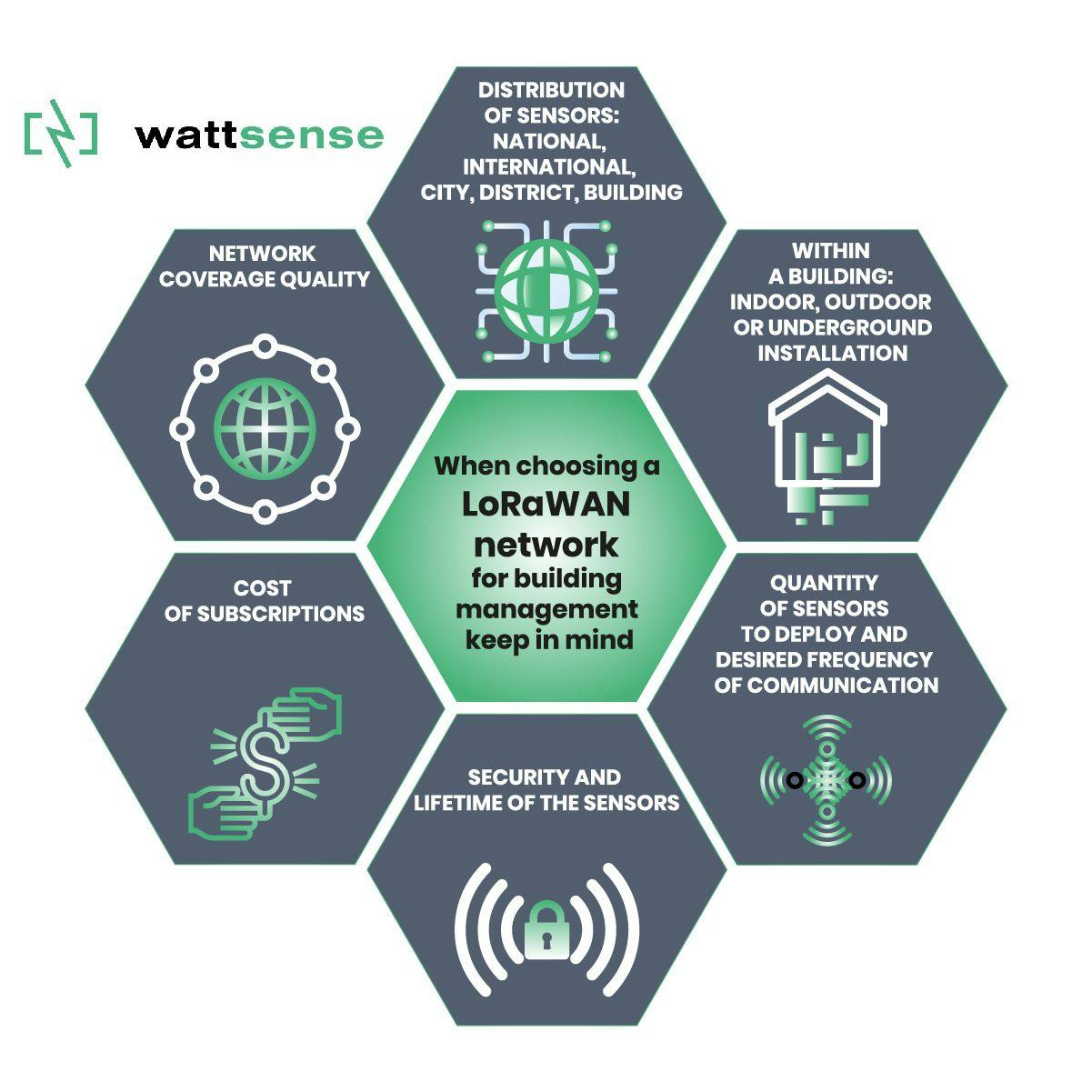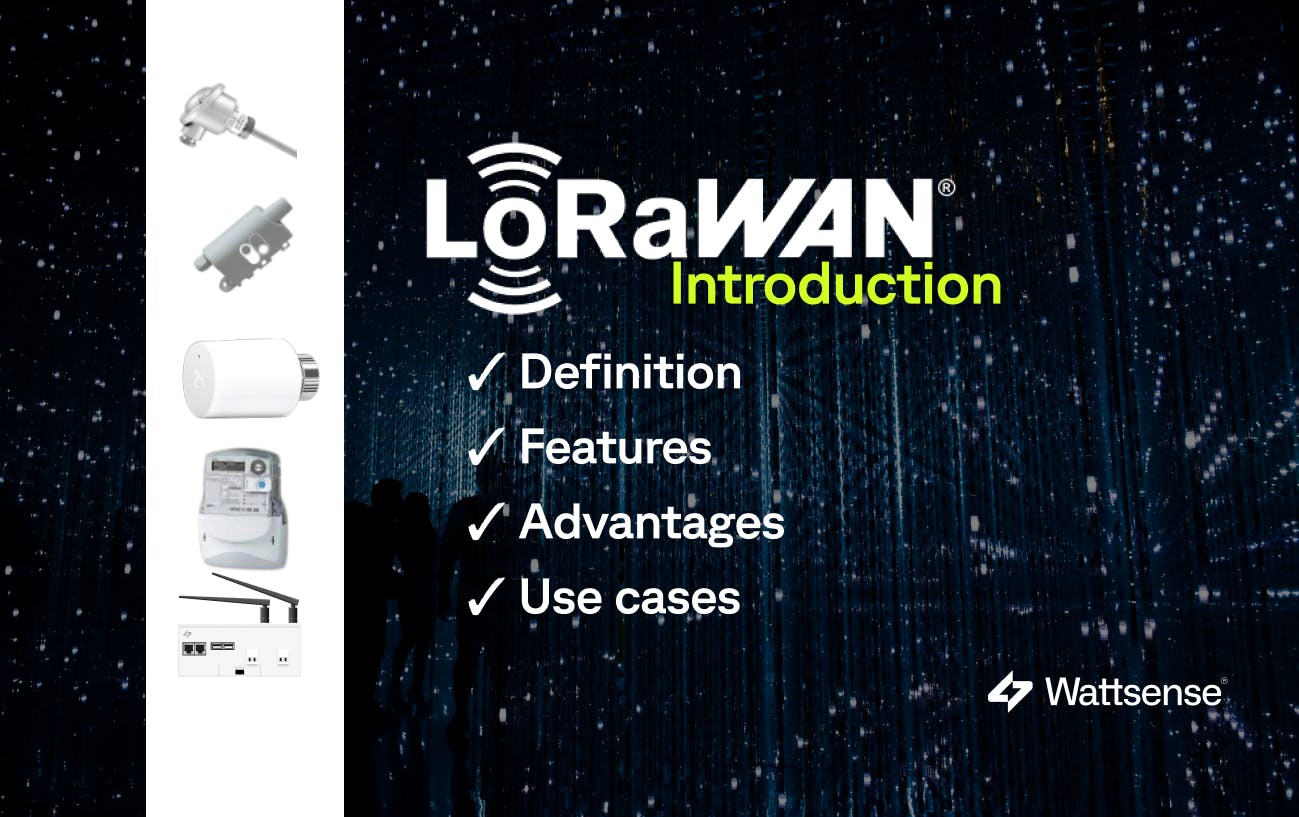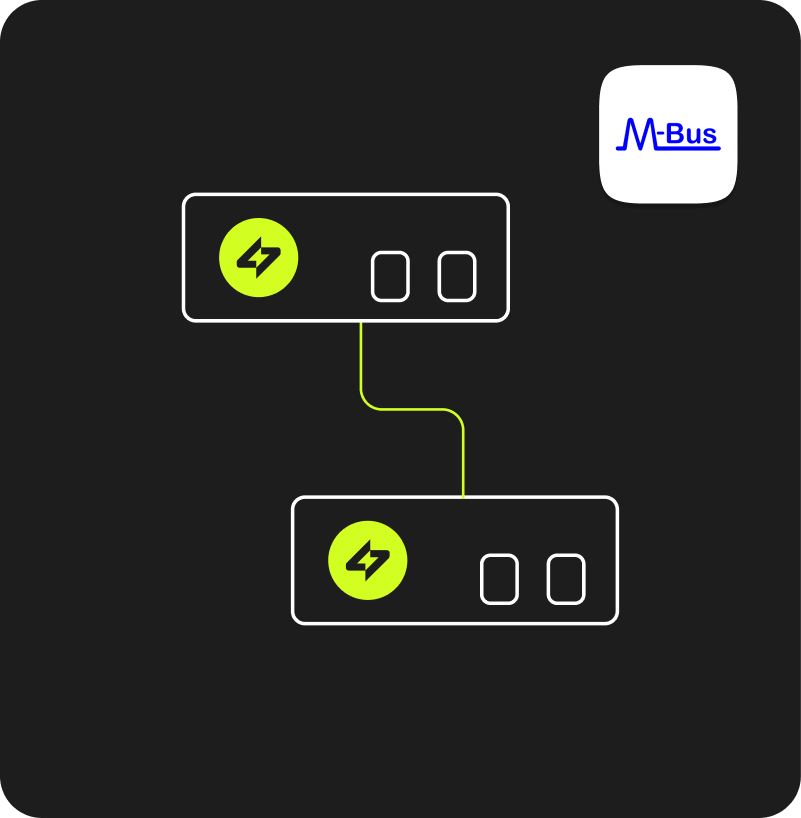What's the difference between private and public LoRaWAN networks?

A Low Power, Wide Area Network (LPWAN) technology, LoRaWAN, is created to connect battery-operated objects to the Internet wirelessly. The protocol targets critical Internet of Things (IoT) requirements such as bidirectional communication, end-to-end security, mobility, and localization services.
LoRaWAN was created for applications and sensors that have to transmit and receive small amounts of data over long distances a few times per hour, or maybe only once a day. Its networks can be public (relying on antennas from telecommunications operators) or private (where network elements such as gateways and servers are under the user's control).
LoRaWAN, as a communication protocol, provides flexibility for the managers of buildings to enable the Internet of Things.

The difference between LoRaWAN Public or Private networks
In order to help you better understand this communication technology and choose the LoRaWAN network that best suits your needs, Oriane Poulat, IoT manager for the wireless products and solutions company, Adeunis, explains the user's journeys for both networks.
Public LoRaWAN networks
In the context of LoRaWAN, the public or operated network is deployed and administered by telephone operators. For example, in France, Orange and Objenious (a Bouygues Telecom subsidiary) have rolled out their own LoRaWAN network and resell network access as a subscription, as they do for their portable mobile phone plans. Therefore, we are in an operation where the network is deployed for all users at a national level, and the user subscribes to one or more plans to be able to connect its fleet of IoT sensors.
According to Poulat, the user journey is the following:
1) Buy a subscription>
2) Declare the sensors on the operator platform>
3) Activate the sensors>
4) Retrieve the data on the operator platform and redirect it (or not) to a data processing platform.
When covering a larger geographic area and using few sensors, subscribing to a public network is more suitable. Users can benefit from the telecom operator's built-up IoT platform, their managed network infrastructure, and roaming services.
But in cases when users are looking for a better indoor range, the potential to scale, use multiple sensors with affordable battery consumption, and still be compliant with high-security demands, private networks can be the way to go.
Private LoRaWAN networks
Are installed for the use of a single entity while the public network is to be shared and used by several users. For the private network, the user can manage its own fleet of IoT sensors and network infrastructure.
Even though France and European countries usually provide a good-quality public network, many companies working with the building's IT infrastructure favor private networks. In a private network, the company can connect its internal system to the network with no need for using the Internet.
For private networks, users take the following steps, explains Poulat:
1) Buy one or more gateways as needed>
2) Deploy them on its site>
3) Declare the sensors in the gateways>
4) Create the connections between the gateways and the data processing platform>
5) Activate the sensors>
Users looking to control a building, factory, campus, among others, should consider private networks. Dependence on the operator's network coverage can come with its limitations, and economically, telecom subscriptions can become expensive when you have a considerable number of sensors deployed.
Yes, with private networks, the company is in charge of the installation of the network infrastructure (devices, gateways, servers, business applications), but this can be cost-effective in terms of scalability, for example, in the case of a building with a large number of connected devices.
Comparison of LoRaWAN networks for Buildings Management
Final thoughts
The most important thing when choosing a network is the technical and budgetary needs of the user. The essential criteria to choose a LoRaWAN network is summarized in:
- Network coverage quality.
- Distribution of sensors (national, city, district, building).
- Within a building: indoor, outdoor or underground installation.
- Quantity of sensors to deploy and desired frequency of communication.
- Security and life expectancy of sensors.
- Cost of subscriptions

A growing number of industry players such as PropTech, Facility Management companies, and property owners are looking for affordable and straightforward ways to use LoRaWAN in large, small, and medium-sized buildings. For large commercial buildings, there's a tremendous need to make operations and management more efficient. As for small/medium multi-family housing projects, the simple installation, maintenance, and monitoring features are extremely appealing to members of the building community.
To discover more about LoRaWAN and its uses, take a look at our Smart Hotel case studies (Restaurant, Energy, Temperature). In these projects, we partnered up with Adeunis, to improve the energy consumption of the Ibis Confluence hotel in Lyon, France.
.
Want to learn more about the Wattsense connectivity solution?
Discover our solutionContinue reading



